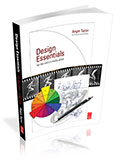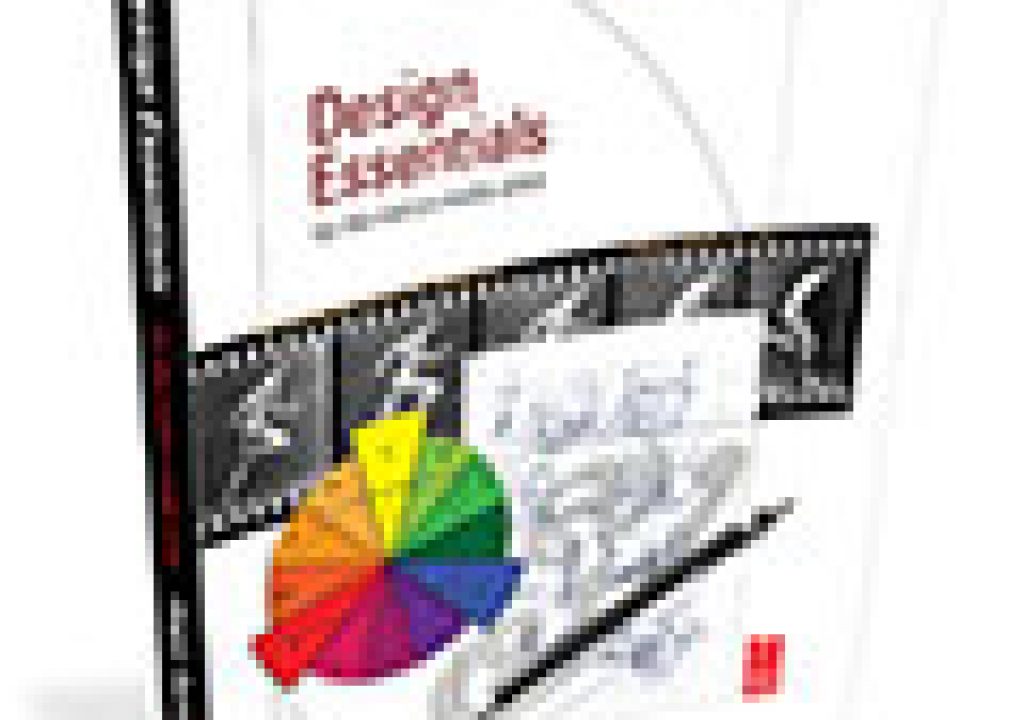Here’s another summary of the last week or so of news on After Effects-busier than expected before a change of gear at NAB-this time with CS Next, Mocha and tracking, 3D text and bevels, stills in AE, Trapcode Mir (pictured), 3 new scripts, assorted tutorials, and plug-ins new and old.
Steve Forde promised that “a HUGE advance in Adobe After Effects” is in the offing at NAB 2012, without offering details. Todd Kopriva, now a product manager, shared how to get the latest information from Adobe professional video and audio teams, and added to Chris Meyer’s recommendation on hardware, “don’t forget that video“:
VinhSon Nguyen shows more Mettle in The Bevel Made Me Do It! Creating Beveled Edges With ShapeShifter AE. Using the built-in CS5+ version of ShapeShifter AE, he discusses using Shape Layers, Masks, and 2D filters with ShapeShifter AE to create 3D animated bevels and styles, and explores a free project file, Free Bevels Styles.
Is Working On Stills Easier in After Effects or Photoshop? by Sebastien Lavoie explores non-destructive and “Don’t Repeat Yourself” workflows, Edit This Look At That, file management tools, and interesting plug-ins to create effects closer to reality. An interesting example is the layer-by-layer deconstruction of an AE project, “Flowing Meditation,” part of REBIRTH of GAEA (a print project). Also below is Chris Meyer on CS 5.5 updates to ETLAT:
 Dan Hin at Motion League posted a Review of Design Essentials for the Motion Media Artist by Angie Taylor.
Dan Hin at Motion League posted a Review of Design Essentials for the Motion Media Artist by Angie Taylor.
In Episode 75: Video to Cartoon – Getting Better Results, Aharon Rabinowitz explains why planning and shooting for video-to-cartoon helps you get more convincing results with ToonIt. It’s also good advice if you’re using the less ambitious Cartoon filter built into AE.
An A to Z of Building Projections – Part 1 by Chris Zwar is “a behind the scenes look at two different building projection projects, including the largest building projection ever staged – the massive Alfa Bank show in Russia. If you’ve ever wondered how these increasing popular events are created then this is the video series for you… Part 1 is a general overview of building projections and offers some insight into the staging of two different sized building projection projects.”
Jeff Foster posted The Masters of Compositing Series – Part 2: Paul Vlahos, co-founder of Ultimatte and developer of modern compositing technologies. It’s the second in a series of interviews with the pioneers and masters in the compositing/VFX film & television industry recorded for The Green Screen Handbook. Here’s part 1 with Petro Vlahos:
Mary Poplin of Imagineer Systems talks about planar tracking and “how mocha thinks” and Ben Brownlee of fxguide has a First look at Imagineer’s mocha v3:
Michele Yamazaki posted a webinar replay, Creating FOX’s Fringe 3D Text Effect and the TRON Legacy Title Animation Effect. She showed how to make a couple of different title effects with Boris Continuum Complete 3D Objects in Adobe After Effects, along with Imagineer mocha AE.
Laurence Grayson of Shortformvideo shared a trio of After Effects tutorials and free projects, After Effects Quick Tip – Creating custom animation presets, Automating Outline Effects, and Underwater title (Deep Water):
AE Project Sync, by Roe Technologies, gives you the ability to share and sync After Effects project files without duplicating content:
Isolate by Alan Eddie, “isolates layers in your comp based on what modifier keys are held down. Adds a bug to the comp to indicate being in “Isolate” mode. Focus on the layers you want.”
AEMap, by Fabian Morón Zirfas, is a new AE script that ‘creates mercator projection maps with 286 separate countries (masks on solids) under 177 jurisdictions (pre-comps). It comes with the “AEMap Utilities” which contains tools for dealing with a bunch of layers and nested comps.’ Here’s the demo:
Andrew Devis continues tutorials on text basics with AE Basics 40: Text Animators Part ONE and AE Basics 41: Text Animators Part TWO – Fill & Stroke, concentrating upon the ‘transform’ type of effects and fill and stoke options. Todd Kopriva is tracking this series and has an easy-to-scan master list in After Effects basics tutorials by Andrew Devis.
Evans Abrams introduces approaches on How To Make Things Look “good” In After Effects (or OK anyway), which is really just an intro to 3 other new tutorials Learn about gradients?, Learn about Layer Styles?, and Learn about Textures?.
In Creating a Watercolor Stop Motion Style, VinhSon Nguyen discusses how to create something like a ‘watercolor stop motion’ style within After Effects:
Clay Asbury introduces the concept of the After Effects “Effects Preset” which is equivalent to a Favorite in FCP, as part of a quick tip series for FCP editors.
Chris Fenwick posted a little tutorial on the logo treatment with workflow tricks in Illustrator and After Effects, made for Hurlbut Visuals.
Here’s a sample from another sneak peek of Trapcode Mir, due this summer but previewing at NAB:
Computer Arts noted Create an Edge Blur in After Effects by Chris Kenworth:
Made in After Effects, Rear Window Timelapse by Jeff Desom went viral with notices in Wired, The Huffington Post, and elsewhere:
I dissected all of Hitchcock’s Rear Window and stitched it back together in After Effects. I stabilized all the shots with camera movement in them. Since everything was filmed from pretty much the same angle I was able to match them into a single panoramic view of the entire backyard without any greater distortions. The order of events stays true to the movie’s plot.
Please note that these roundups are for quick review and comparison. There is almost always vital information from the originating authors at the links provided-and often free presets, projects, or stock footage too.















